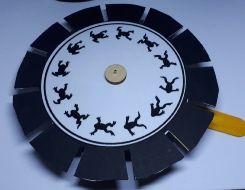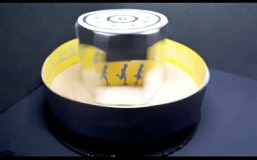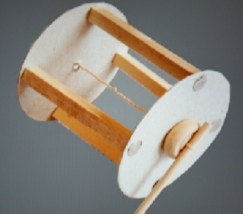Welcome to this web page………It has been designed for individuals / home educators / and teachers of Primary aged children and even Adults too…With easy to use buttons etc. you will easily access information on our Science toy kits and models through the experiences of this family run business that has been established for over 40 years.
We can offer science workshops / shows in Primary Schools and also provide after
school science clubs for either KS1 or KS2 pupils for bigger schools OR combined
key stages for smaller schools. These are usually around Kent/Sussex and Surrey -
The science kits designed by us are closely linked to the National Curriculum guidelines and are available to buy, should you wish to do so. Being STEM Ambassadors as well these products have been well tested in school workshops and shows etc. Instructions are with each kit but also to help is THINGS TO MAKE button.
Please press the ITEM you are interested in and if you would like to buy one or more
item you can pay safely -
For Instagram, Twitter , Online Science Club,

Educational toys and kits made from card and wood and recycled materials
For Home Educators, School Science days / weeks / Clubs, workshops and shows
Primary Science
Resource Packs














